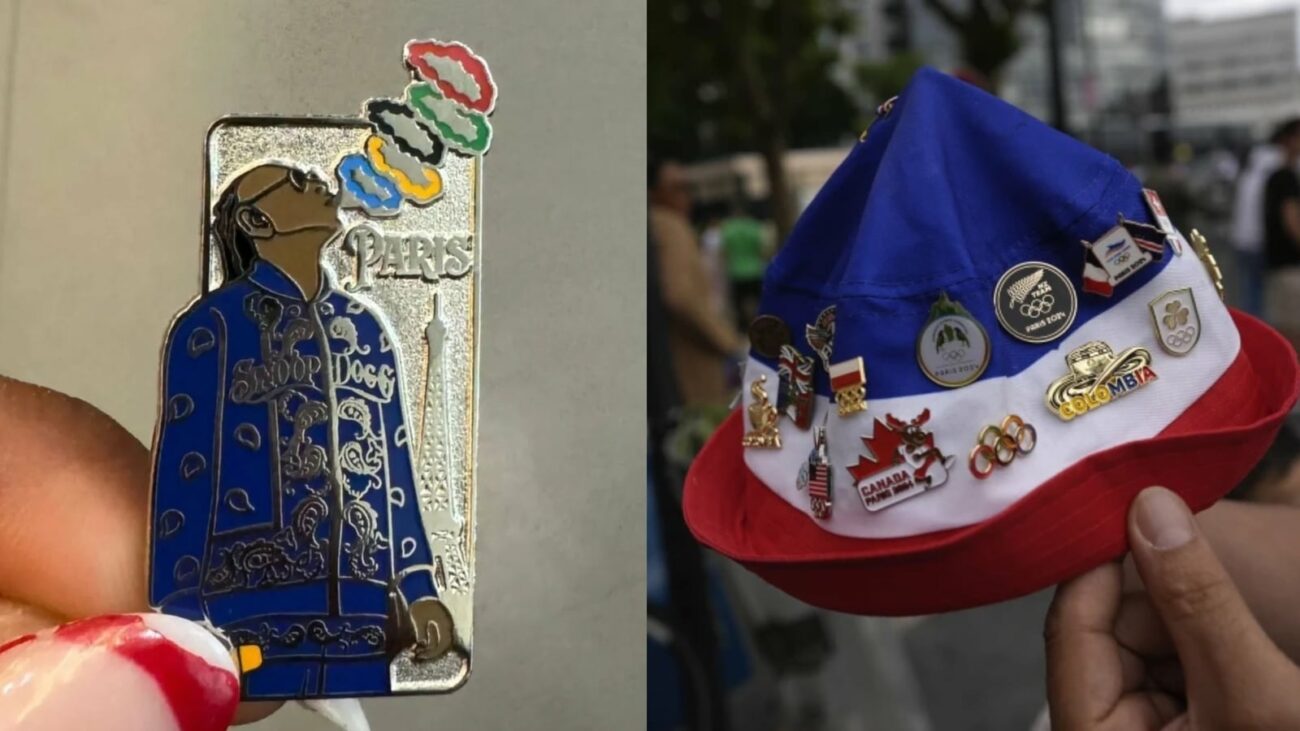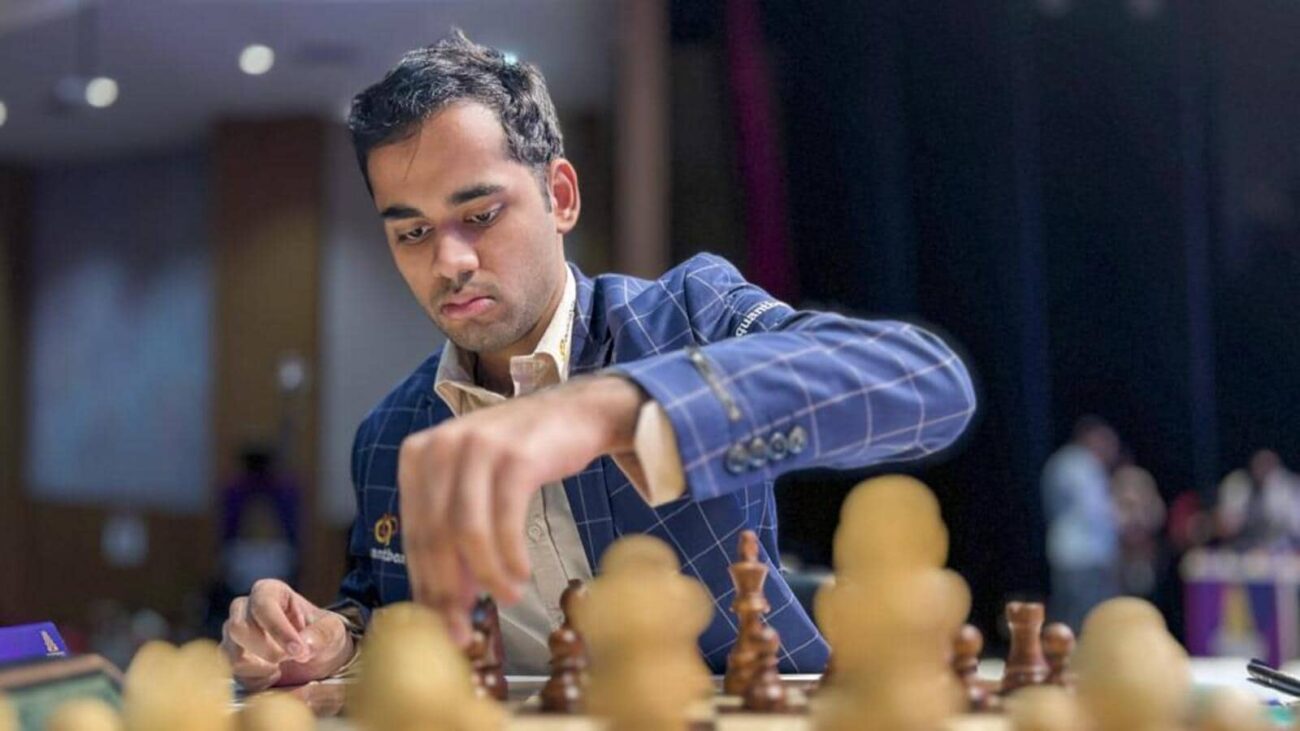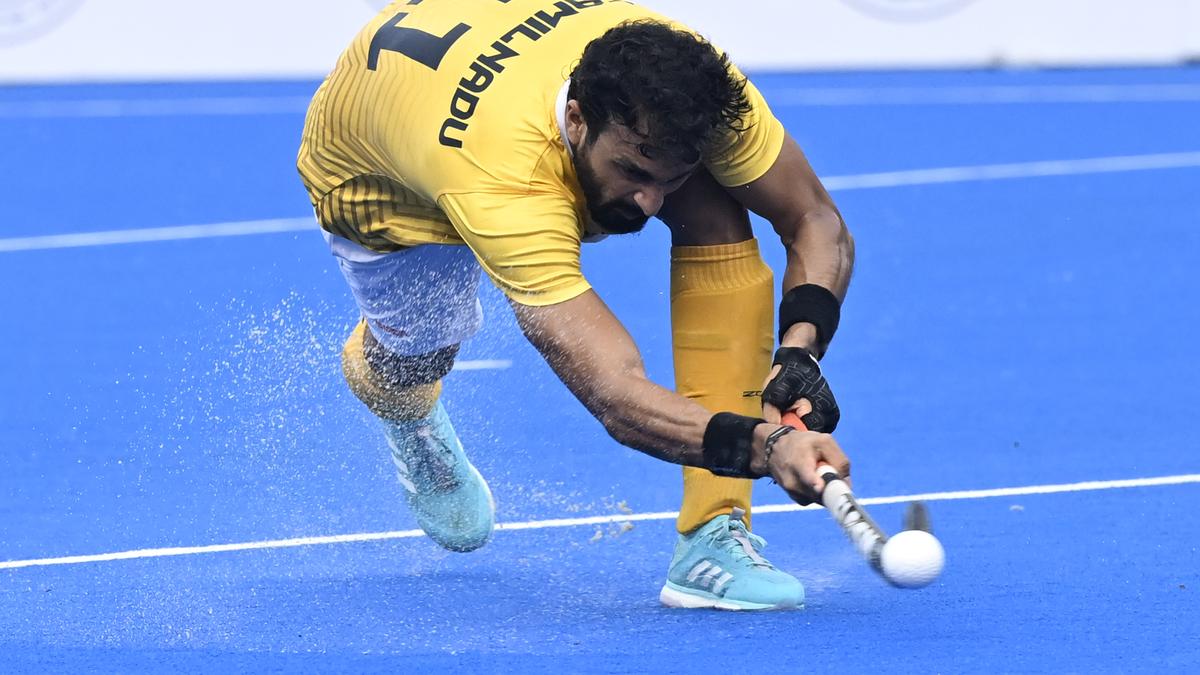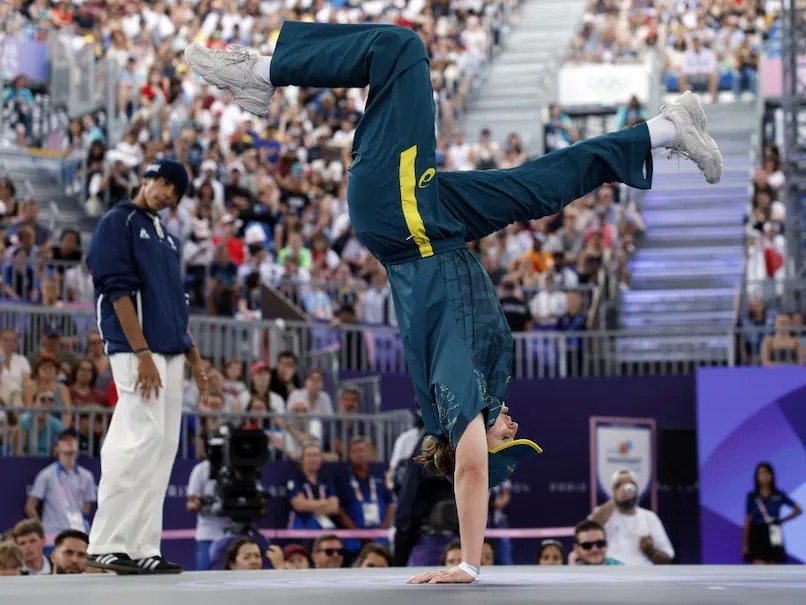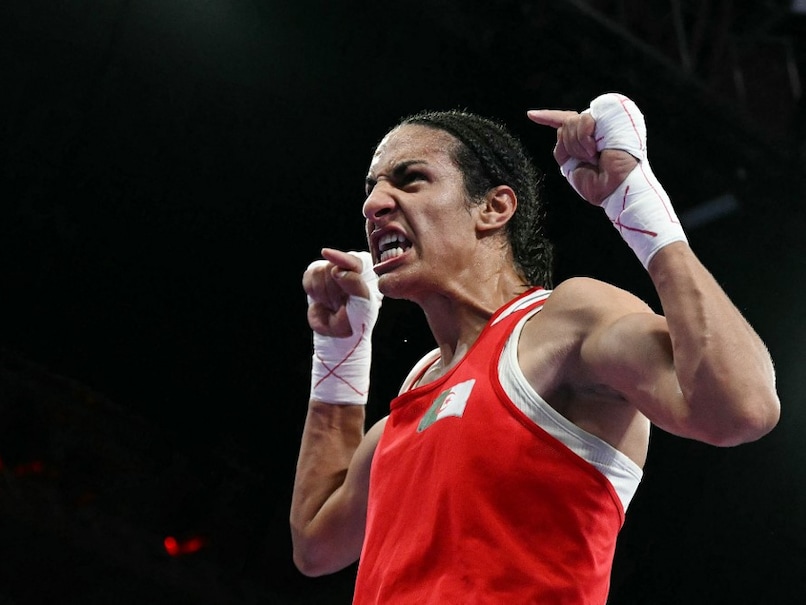Pin Trading: A Thrilling Tradition at the Olympics
The Olympic Games are not just about athletic prowess and medal counts. Alongside the fierce competition, there’s a vibrant and engaging tradition that has become an integral part of the event: pin trading.
Pin trading dates back to the inaugural Olympics in Athens in 1896. Pierre de Coubertin, the founder of the modern Olympic Games, revived the practice, which initially involved participants wearing cardboard badges for identification. Over the years, pins have evolved into intricate, metallic collectibles, and pin trading has become a beloved tradition among athletes, fans, and collectors alike.
At the 2024 Paris Olympics, pin trading is in full swing. The Park of Nations features The Olympic Collectors’ House, a dedicated space where traders can gather and exchange their pins. American pin collector Ed Schneider, a veteran of 14 Olympics, explains that there are various types of pins available for trade, including National Olympic Committees (NOCs), media pins, host city pins, sponsor pins, athlete pins, and mascot pins.
Pin trading is a serious business, with collectors often spending years amassing their collections. Nicholas Wolaver, another avid American collector, advises beginners to be patient, avoid interrupting trades in progress, and consider trading two pins for one to maintain their collection while acquiring new pins.
One notable newcomer to the pin trading scene is Snoop Dogg. The iconic rapper has made his mark at the Paris Olympics by offering his sleek, silver card design to American tennis player Coco Gauff. This gesture symbolizes the growing popularity of pin trading and its appeal to celebrities and fans alike.
Pin trading is more than just a hobby; it’s a way for people from all over the world to connect, share their passion for the Olympics, and create lasting memories. It’s a tradition that adds a unique and vibrant dimension to the Olympic experience.

